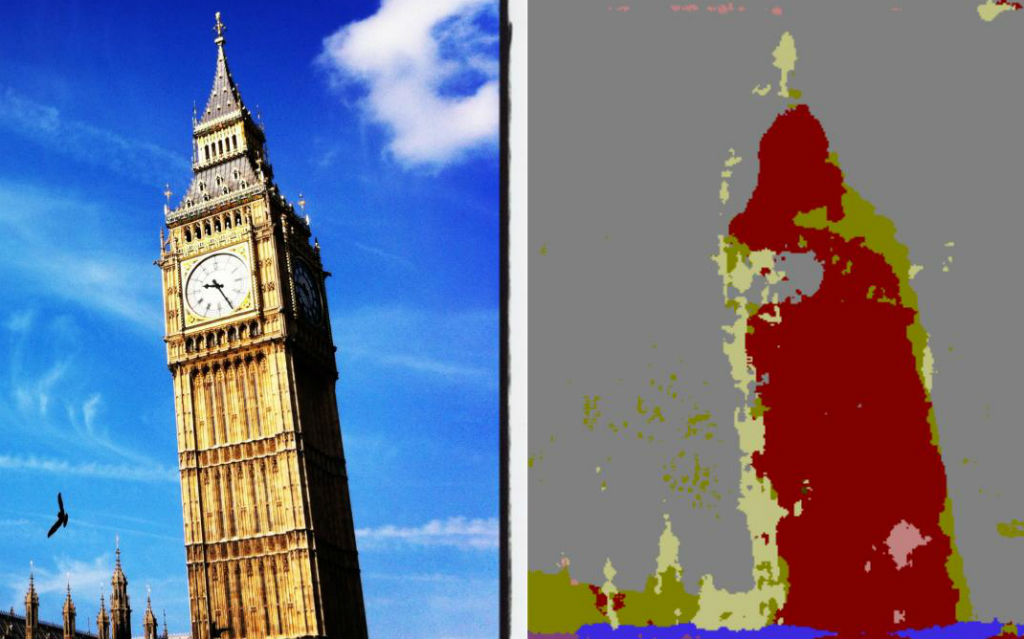Here’s what London looks like to a driverless car – can you identify the famous locations and landmarks?

Driverless car technology relies on computers being able to see things. That's pretty hard to do, but now there's a new technology that uses deep machine learning to help them, and shows us just what a driverless car really might see while winding down the roads.
Trees, roads, buildings and even pedestrians can be identified by a new computer program called SegNet, created by researchers at Cambridge university. It can even see things in different light and shadows, with an astonishing accuracy rate of 90 per cent – that's better even than the systems which have previously been used for driverless cars with sensors or radar, the researchers say, and, it's also much cheaper.
The system was trained to identify a range of things on the road with the help of 5,000 images, all hand-labeled by researchers.Using this as a memory, it can now identify things without being told.
"It’s remarkably good at recognising things in an image, because it’s had so much practice,” said Alex Kendall, a phd student in the department of engineering who believes it will become even better at recognising images with more fine-tuning.
While it isn't yet used in driverless cars and, of course, won't be able to drive them, the technology will be able to help the car avoid collisions, answering the second of the three key technological questions which driverless cars pose – where am I, what's around me and what do I do next.
What does a driverless car see?
So what exactly does a driverless car see? Take the quiz below to see if you can identify each London landmark, as-seen by the driverless car. There's even a hint of what colour trees, roads and buildings appear to help you spot them.

[quiz id="25"]